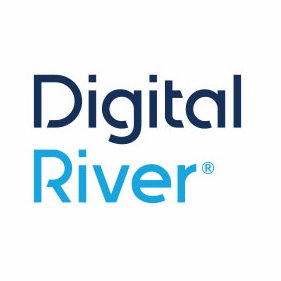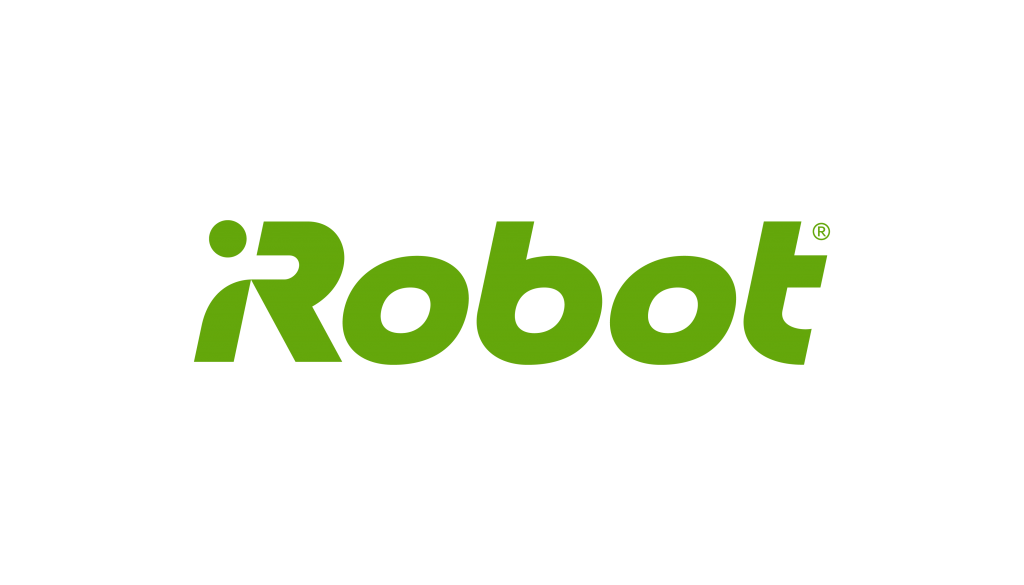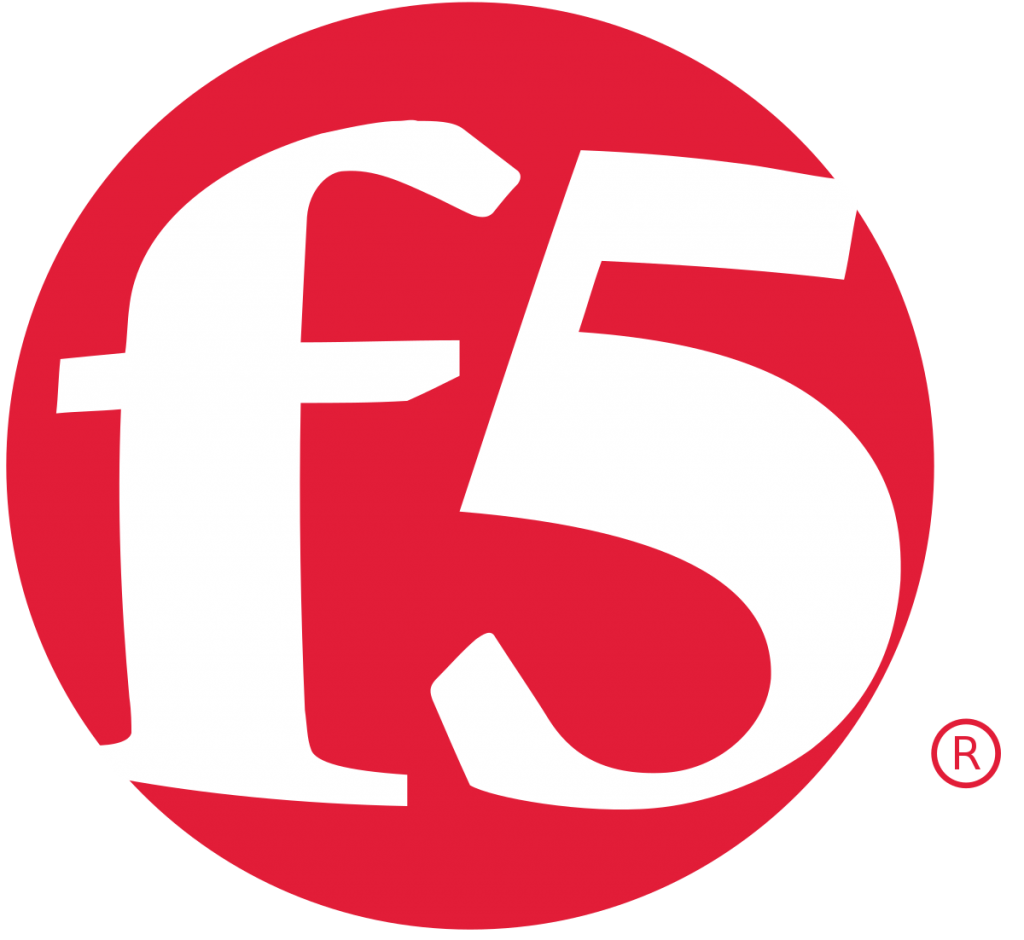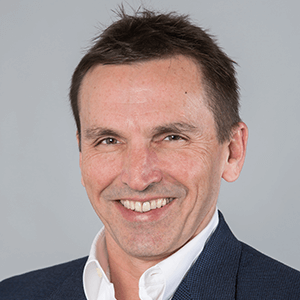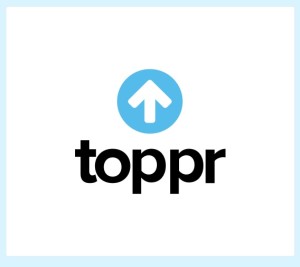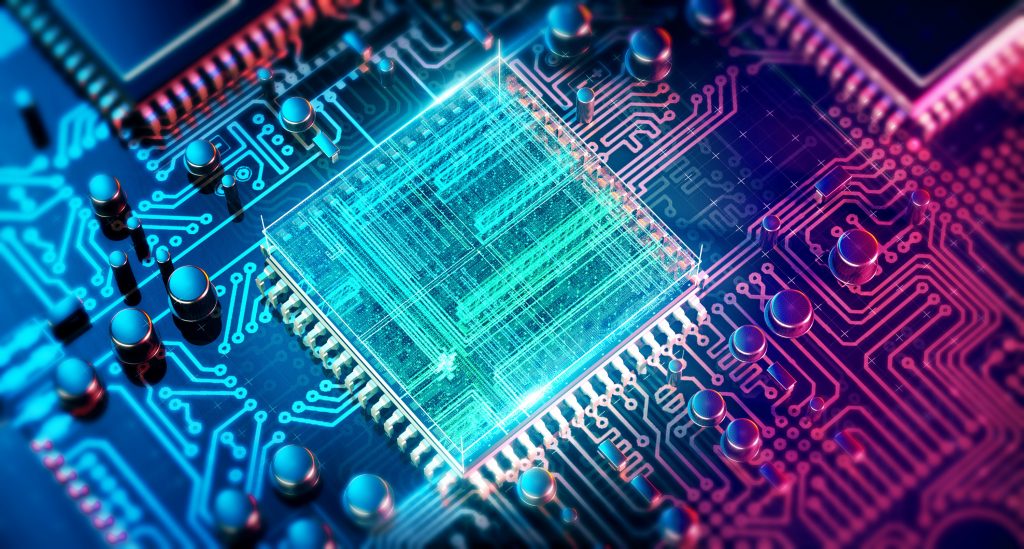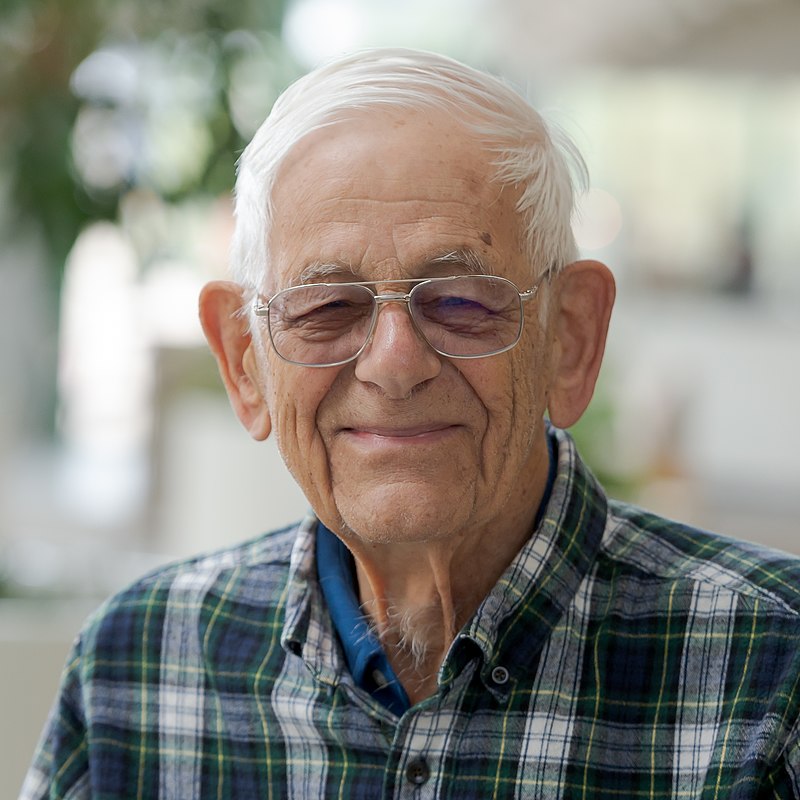How Digital River helps Global Commerce Flow Smoother than Ever Before?
Technology has had an impact on almost all spheres of our lives. While making it easier to do things, not even considered doable before, advancements in technology also lead to better commerce and economy. One of the most important fields in which technology has had a lasting impact is that of commerce. Technical solutions and online marketing have changed the way companies interact with their customers. Furthermore, since the entire world has moved into a digital stage, we see that almost all the major companies in the world have their own digital presence.
This helps them interact with their clients online and poach potential new customers. In this digital world, companies that offer tech-support in the field of commerce are greatly valued. Today, we will be taking a look at one of the largest global leaders in the field of commerce solutions- Digital River. This giant in the field of tech-solutions has been around for over 25 years and has helped some of the largest companies in the world with their commercial problems. Here’s a look at how Digital River helps companies manage their commercial applications effectively and efficiently.
A Look at Digital River
The company has over 25 years’ worth of industry experience, being a global partner to some of the world’s biggest corporations. They have during their long career in the field of e-commerce mastered the art of global commerce and economic stratification, specializing in brand valuation, image building, and customer service. Over the years, Digital River has helped global brands relate to their customers and build their brand loyalty, by formulating the right policies and strategies to deliver what their customers want from them.
Most of the world’s most famous software firms, electronics companies, and digital brands have utilized the executive prowess of Digital River sometime during their growth. The company makes use of a high-tech commerce cloud to store data and utilizes advanced tools to create personalized e-commerce solutions for its clients. Furthermore, it also formulates strategies regarding online sales, management of stores and even helps with processing payments. On the whole, the company provides services related to almost every field in e-commerce management, making them the true complete package. They also help companies with regards to disturbance handling, taxes, compliance, billing, and even fraud detection.
About Adam Coyle
In 2018, Digital River announced that Adam Coyle will succeed David Dobson as the Chief Executive Officer of the company. Coyle has been in the field of commerce-solutions for the past two decades or so and has been a valuable member of the company since early 2015. He began as an executive as Siris Capital, which is an investment partner of Digital River.
He began his term as Chief Operating Officer in 2018, before transferring to the role of CEO to oversee company strategy and policymaking. Before joining Siris, Adam worked as VP at Vantiv, prior to which he worked as the President of National Processing, which is a Vantiv subsidiary. He was also a partner at Advent International and began his career at First Data Corporation. He has also served as the director of establishments such as FirstBank, NYCE and the First Financial Bank.
Success and Growth
The company headquarters is in Minneapolis, and they have offices all across the US, Europe, South America, and even Asia. Founded in 1994 by Joel A. Ronning, Digital Rivers has come a long way to become one of the world’s largest e-commerce solution providers. One of the major strategies that Ronning wanted to inculcate in his business is accountability and responsibility.
The firm has a great understanding of the ever-changing e-commerce environment and does its part to stay updated and relevant with regards to new technologies. Furthermore, the company has over sixty patents to its name, and its annual transactions go over $3 billion regularly. Another important thing about Digital River is its outstanding employee and customer satisfaction, with most employees having stayed with the company for more than 2 decades.
Over the years, the company has grown and acquired other heavy-weights in the field of e-commerce such as CCNow, eSellerate, Fatfoogoo, and Journey Education Marketing. These valuable assets have helped Digital River build a hugely popular and respected business model that is truly unique from its competitors. The growth has been so phenomenal that the company processed over $30 billion through online transactions in the year 2013.
Ronning stepped down from the post of CEO in 2012 and was succeeded by Dave Dobson, who in turn, handed over the reins to Coyle in 2018. Some of their biggest clients include Lenovo, Media INC, Microsoft, Avast, Samsung, Kaspersky, and Adobe. Their annual income amounts to an impressive 400 million USD! With over two decades’ worth of experience in the field of e-commerce, it is safe to say that this giant is here to stay!

Being a cinephile with a love for all things outdoorsy, Athulya never misses a chance to chase inspiring stories or poke fun at things, even when the subject is herself. Currently pursuing a degree in mechanical engineering, she is someone innately interested in technical and scientific research. Music reviews and op-eds define her as they allow her to explore different perspectives. Though sometimes she thinks she makes more sense playing the guitar than she does while writing.
